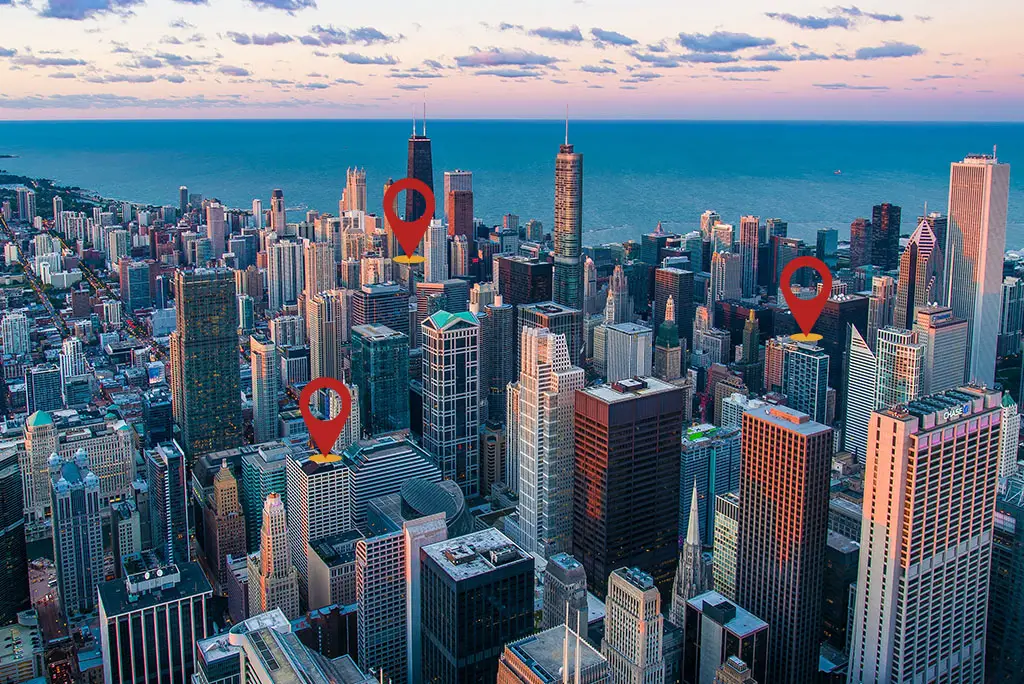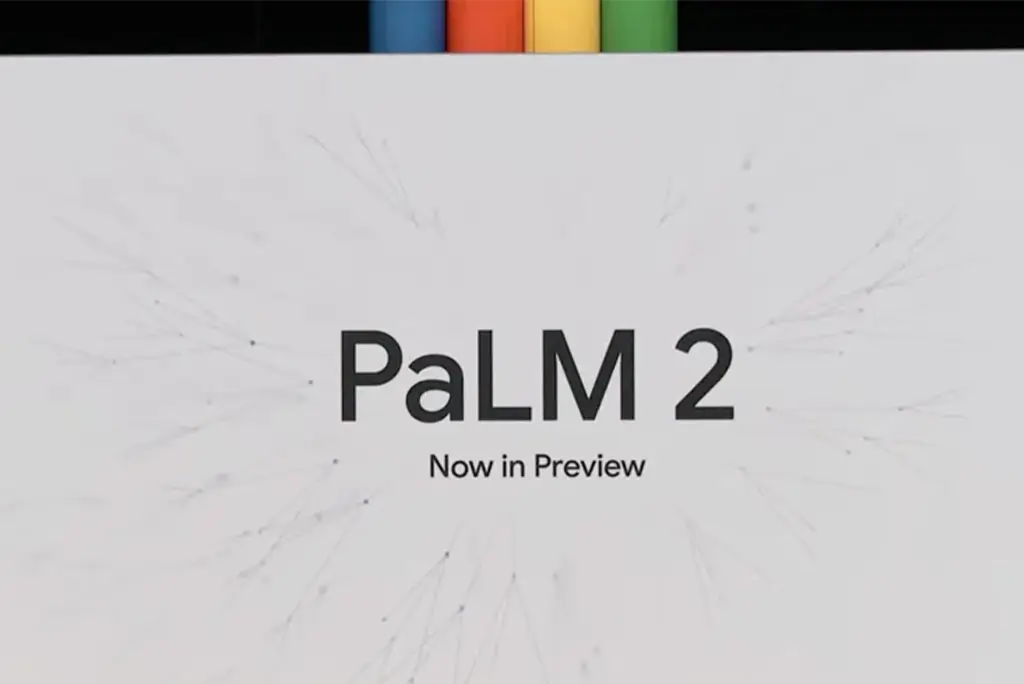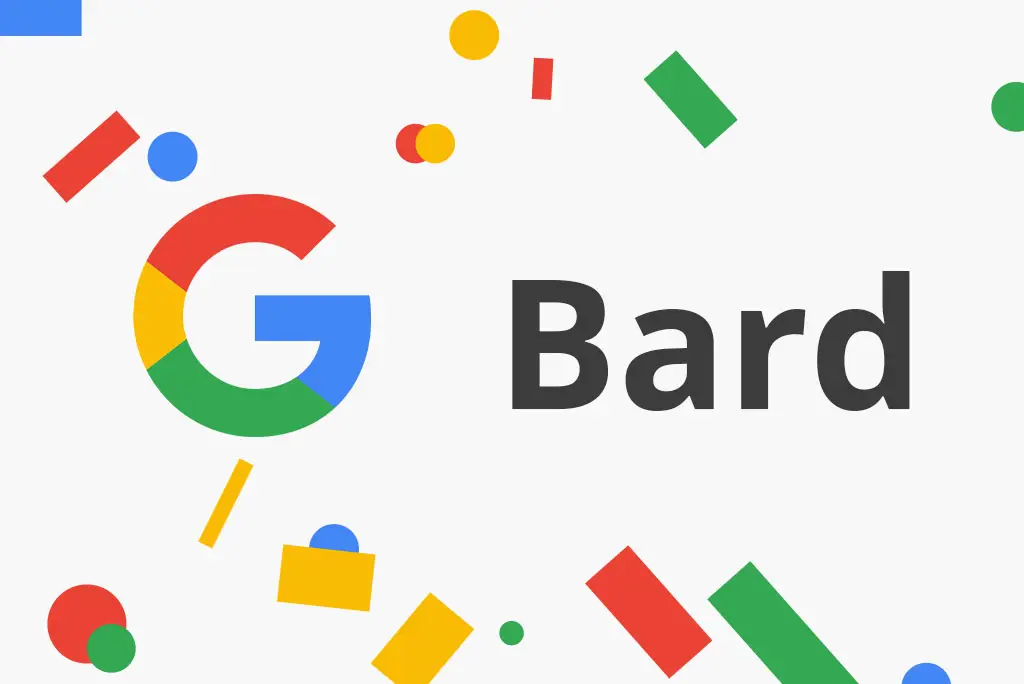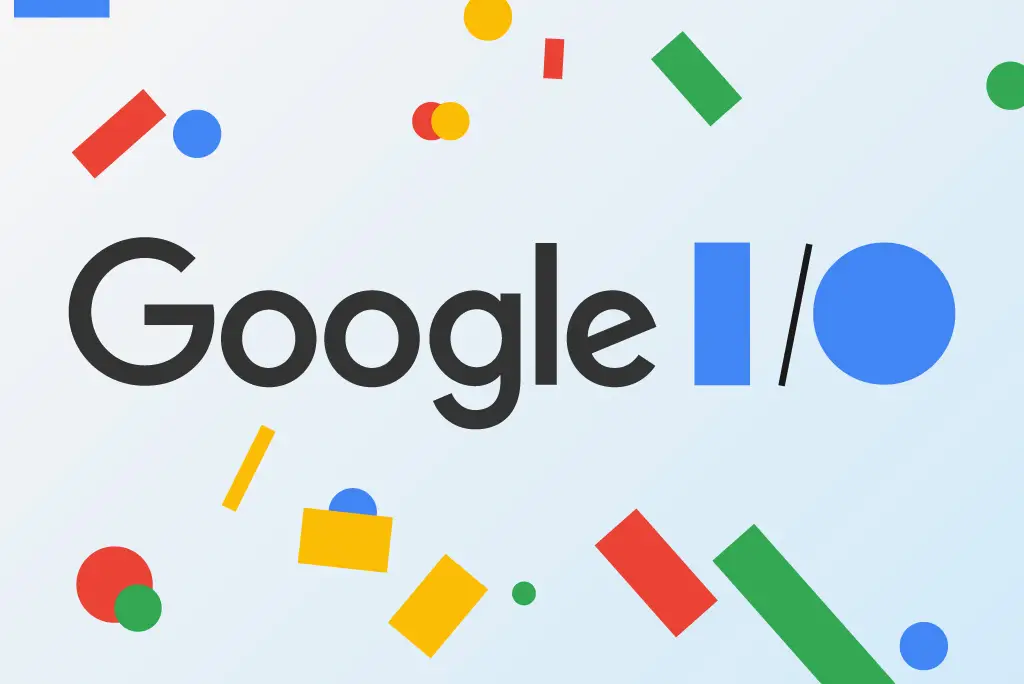During the Google I/O 2023 keynote event, the search and internet advertising company made a series of announcements at its developer conference. They showcased recent projects and developments, recognizing that only some could watch a lengthy two-hour presentation. Below are the key highlights from the keynote, allowing for quick comprehension and easy browsing. Let’s dive in!
Google Maps

Google announced the introduction of “Immersive View for Routes” in Google Maps at its I/O conference. This new feature consolidates all necessary information into a single interface, including traffic simulations, bike lanes, complex intersections, and parking details. It is rolling out in select cities over the next few months. It will be available on Android and iOS for driving, walking, and cycling routes.
Built upon the existing Immersive View concept, which merges Street View and aerial images, immersive view for routes allows users to preview and understand their routes before embarking on their journey. The feature offers a multidimensional experience, displaying bike lanes, sidewalks, intersections, and available parking. Users can also access weather information and view how the route may change throughout the day.
In addition, the company unveiled an Aerial View API. It will enable developers to incorporate bird’s-eye videos into their apps and websites to showcase locations visually. The API finds applications in various sectors, such as real estate, allowing users to explore neighbourhoods virtually. Moreover, Google introduced an experimental release of Photorealistic 3D titles for developers within the Google Maps Platform. This will make creating immersive and customized map experiences unique to each brand.
These new features and capabilities in Google Maps aim to enhance user experiences, providing comprehensive route information and engaging visual representations for various purposes.
Magic Editor and Magic Compose
A new feature called Magic Compose was unveiled at Google’s I/O developer conference. This innovative addition combines Android’s guided customization with advanced generative AI to assist users in composing more personalized messages. Demonstrated briefly on stage, Magic Compose showcased its ability to rewrite texts in various styles within messages and conversations.
To utilize Magic Compose, users need to have the Google Messages app. They can type their message as usual and select the desired tone or style. Magic Compose adjusts the text accordingly. This will allow users to make their message sound more positive and professional. They can even emulate the writing style of their favourite playwright, like Shakespeare.
While Magic Compose may not be deemed essential based on the initial demos, it exemplifies Google’s commitment to incorporating AI throughout its services, including Android smartphone apps, by combining this feature with others. Android gains a competitive advantage in the device market, particularly for users who frequently switch between personal and work-related communication.
The company also took the opportunity to emphasize its demand for broader industry adoption of RCS (Rich Communication Services), a feature-rich messaging format that rivals Apple’s iMessage. However, Apple remains uninterested in integrating with RCS as it prefers to retain users within its ecosystem.
Magic Compose will roll out in beta later this summer, offering users a glimpse into the power of AI-driven text customization.
PaLM 2

To compete with OpenAI’s ChatGPT, Google has introduced PaLM 2, its latest large language model (LLM). This powerful model will drive Google’s updated Bard chat tool and serve as the foundational framework for numerous new AI features announced. PaLM 2 enhances support for writing and debugging code, expanding its utility beyond natural language processing.
Frederic’s overview sheds light on the significance of PaLM 2, highlighting its pivotal role in Google’s AI advancements. Additionally, Kyle’s critical analysis, detailed in a Google-authored research paper, delves deeper into the model, providing valuable insights into its capabilities and potential applications. With PaLM 2, Google aims to elevate language model performance and broaden its impact across various domains.
Overall, PaLM 2 represents Google’s commitment to pushing the boundaries of language processing technology, propelling the company’s AI offerings to new heights.
Bard gets smarter

In an exciting development, Google has removed the waitlist for its Bard chat tool. This makes it accessible in over 180 countries and territories. Initially available in English, Bard is now extending support to Japanese and Korean with plans to include 40 languages soon. Notably, the latest update introduces the ability to display images within Bard’s responses, enhancing the user experience.
The company is also partnering with Adobe to integrate art generation capabilities into Bard. Users will have the opportunity to generate images through Firefly and customize them using Express within Bard. A wide range of templates, fonts, stock images, and assets from the Express library will be at users’ disposal. This will enable them to create visually appealing content.
With these advancements, Bard emerges as a versatile chat tool with expanded global reach and enriched multimedia integration. Google’s collaboration with Adobe further amplifies its commitment to empowering users with creative artistic expression within conversational AI.
Sidekick
Google has unveiled Sidekick—a powerful tool designed to enhance the writing experience for Google Docs users. Sidekick operates as a side panel within the document, constantly analyzing the text as you write. It provides contextual suggestions explicitly tailored to your content. It helps you generate better prompts and create more compelling and engaging text. With Sidekick, Google aims to revolutionize the generative AI loop by offering real-time assistance and guidance throughout the writing process.
Codey
Codey is Google’s latest addition to the world of coding tools. It serves as an advanced code completion and code generation tool, leveraging the power of AI to assist developers in their coding tasks. It is trained to handle coding-related prompts. Codey goes beyond basic code suggestions and offers comprehensive support for inquiries related to Google Cloud services. By harnessing the capabilities of Codey, developers can expect an optimized coding experience, improved productivity, and accurate code suggestions tailored to their specific needs.
Google Cloud
Google Cloud introduces the A3 supercomputer virtual machine. It is a high-performance computing solution designed to meet the demanding requirements of resource-intensive applications. It is equipped with Nvidia’s H100 GPUs and leverages a specialized data centre infrastructure. The A3 VM delivers immense computational power, high throughput, and low latency. Google Cloud aims to provide this advanced computing capability at a more affordable price than similar offerings. With the A3 VM, businesses and researchers can tackle complex computational workloads efficiently and effectively.
Imagen in Vertex
Google is expanding its AI models within Vertex AI. It’s a fully managed AI service with the addition of Imagen. Imagen is a text-to-image model that offers exciting image generation and editing capabilities. Users can generate new images based on text descriptions and modify existing ones. Additionally, Imagen provides the ability to generate captions for images automatically. Google had previously previewed Imagen through its AI Test Kitchen app, and now it is set to empower users with innovative image-related AI functionalities within Vertex AI.
Firebase
Firebase, Google’s backend-as-a-service platform, introduces exciting new features to empower application developers. The platform now offers AI extensions powered by Google’s PaLM API, enabling developers to leverage advanced AI capabilities in their apps. Additionally, Google has opened the Firebase extension marketplace to a broader range of developers, fostering a vibrant ecosystem of innovative solutions.
Google’s Play Store gets some AI love
Google’s Play Store receives a boost with AI-driven enhancements for app developers. Using Google’s PaLM 2 model, developers can effortlessly generate draft Play Store listings by providing a few prompts, such as target audience and key theme. Furthermore, the Play Store now incorporates in-app events in various sections, including notifications, For You recommendations, search results, and more, amplifying app visibility and engagement.
Developers also have new security features
Developers can now access new security and privacy features to enhance their app development process. The Play Console app introduces a beta version, offering convenient app management on the go. Additionally, changes to the Data safety section on the Play Store enhance transparency and user privacy. Moreover, Play Store users receive prompts to update their apps, ensuring a seamless and secure user experience.
Health Connect
Google introduces Health Connect, a cutting-edge health data platform set to integrate with Android devices in the upcoming Android 14 release. This integration brings exciting features like sharing exercise routes, streamlined menstrual cycle tracking, and enhanced sharing controls. Moreover, MyFitnessPal now collaborates with Health Connect, providing individuals with diabetes access to vital glucose data within the MyFitnessPal app.
Empowering Developers with AI and ML Tools
Android Studio receives a transformative upgrade with Android Studio Hedgehog, an AI-powered conversational experience that assists developers in code writing, bug fixing, and addressing coding queries. Additionally, ML Hub serves as a comprehensive resource hub for developers at all skill levels, offering guidance on training and deploying ML models. Flutter, the versatile application framework, enables easier integration of components into existing web apps, further enhancing development possibilities.
Project Starline
Google unveils the latest prototype of Project Starline, a tremendous 3D teleconferencing video booth. Leveraging AI and ML, this innovation reduces hardware requirements while delivering lifelike three-dimensional images. Project Starline represents Google’s commitment to revolutionizing remote communication and collaboration.
Connected car experience
Google’s automotive initiatives continue to expand with new features and services. Android Auto receives updates allowing video conferencing capabilities with renowned providers like Cisco, Zoom, and Microsoft. Additionally, YouTube integration becomes available in select vehicles, starting with Polestar. Google’s comprehensive approach through Android Auto and Android Automotive OS seamlessly merges technology and automotive realms, enhancing the connected car experience for users.

